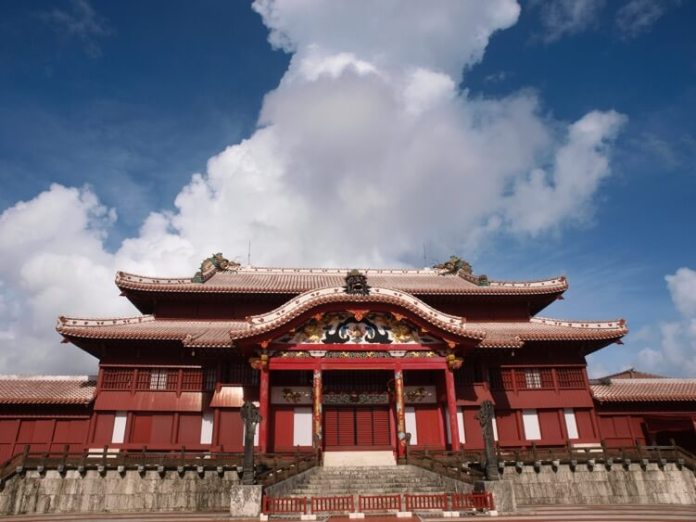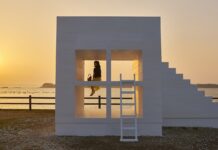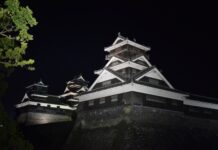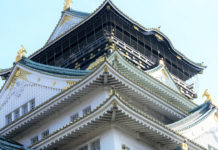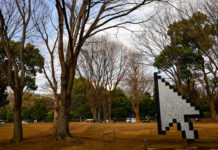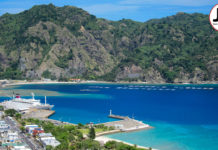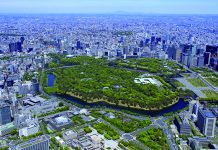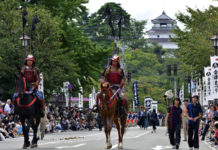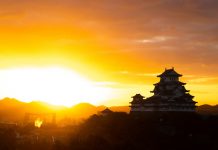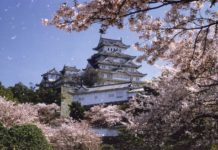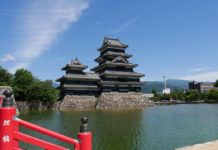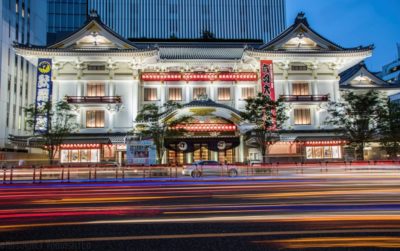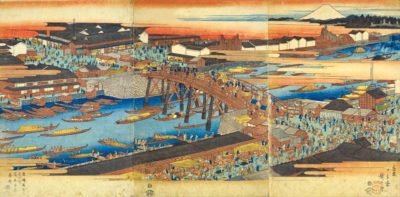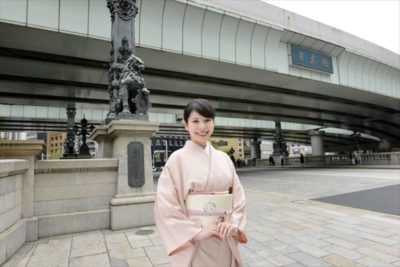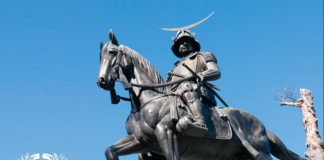500 years of Ryukyu royalty
Japan is a land of castles, some like Himeji Castle, which is also registered as World Heritage. But to see the country’s most visited castle, you’ll have to travel all the way down to Okinawa, for a fortress that captures 500 years of Ryukyu royalty.
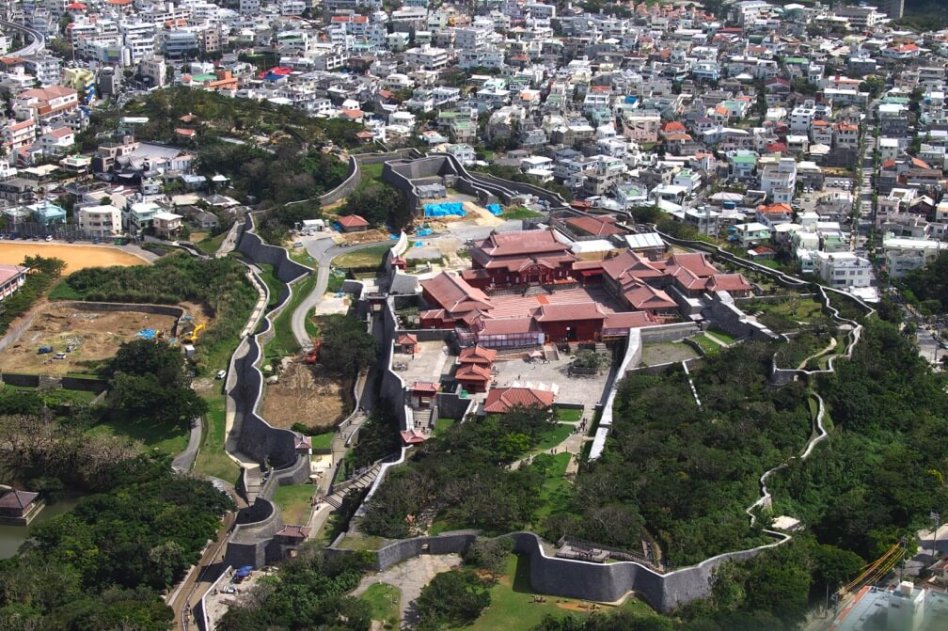
130 m high overlooking the urban capital of Naha, Shurijo Castle lies surrounded by over 1,000 m of winding limestone ramparts. As the main castle of the Ryukyu Kingdom from 1429-1879, it was the flourishing center of politics and cultural exchange.
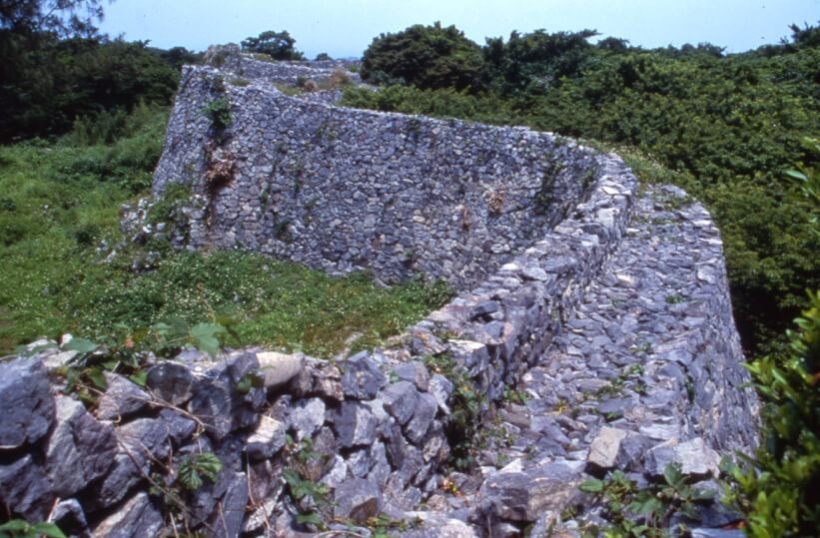
Known as a gusuku (stone fortress) castle, over 220 of these once thrived across the island before the second Sho dynasty unified the kingdom. In 2000, nine gusuku and related ruins were registered as a cultural world heritage site, of which Shurijo Castle is the glorious centerpiece.
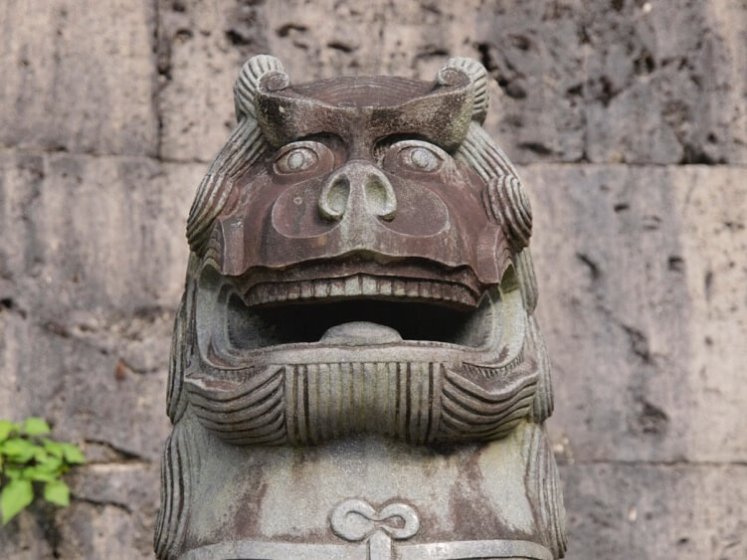
Unlike Japan, the Ryukyu Kingdom enjoyed intensive trade with China, Korea, and southeast Asia. Shurijo Castle reflects this unique cultural interchange in its architecture, for which it is most valued. And though burnt down multiple times—most recently during the Battle of Okinawa—its 1992 reconstructed form fills you with a sense of the majesty of this culturally-infused kingdom.
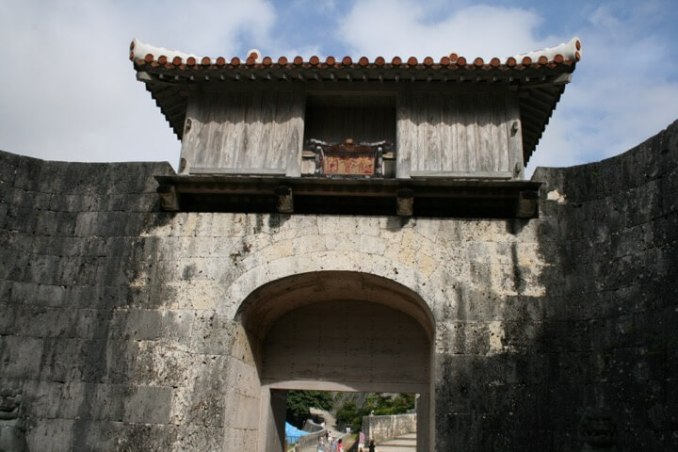
The castle is divided into three main areas: the Kyo no Uchi, where services and rituals took place; the Ouchibara private grounds for the royal family; and the Una, where most of the large governmental buildings are lined up. The two most popular sites are below.
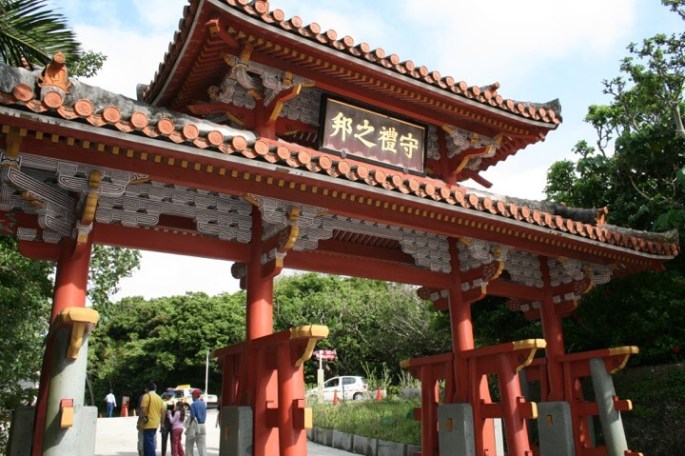
Shurei Gate
Walk through this gorgeous two-level gate and enter the “Land of Courtesy”, as the characters on its wooden signage read. It was said that an ancient Chinese emperor spoke of the Ryukyu Kingdom as a land that prized such courtesy, and the wonderful red tile roofing balanced with white lime continues to offer such a warm greeting to all who visit.
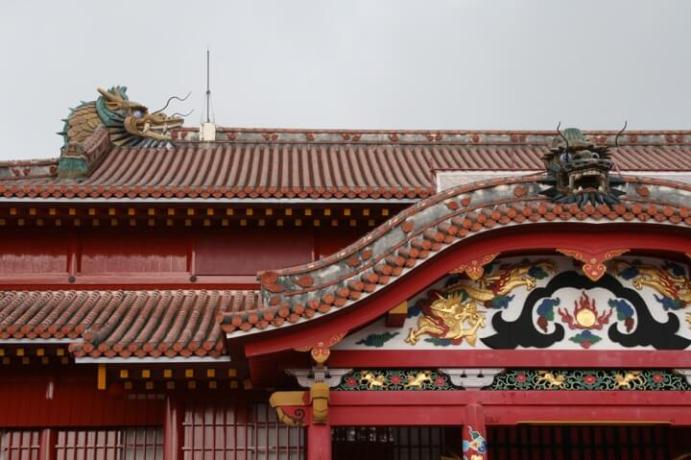
Seiden
For the best sampling of cultural variety, gaze upon the golden dragons and royal vermillion lacquer coating of the Seiden (main building) in the Una area. These Chinese elements blend beautifully with the Japanese style roofing on this, the island’s largest wooden structure.
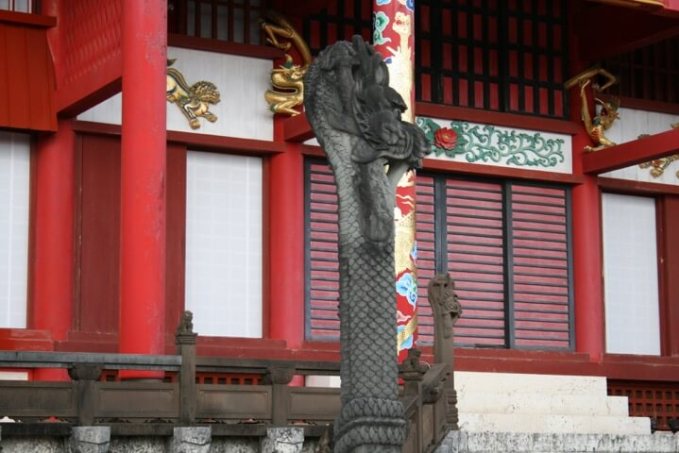
Kings and queens carried out their governmental activities here, and if you head inside, you can even get a glimpse of the royal throne!
Though seasonal festivals and processions take place throughout the year, you can also take a quick 15-min time slip here each morning to witness the ringing of the gong and chanting of “Ukejo” at the opening ceremony at 8:30am. But whether visiting early or late, be sure to wear comfortable shoes, as climbing this castle hill requires some steep trekking!
Access: A 15-min. walk from Shuri Station (Yui Rail)
Photos courtesy of Okinawa Convention & Visitors’ Bureau and JNTO
 0
0

